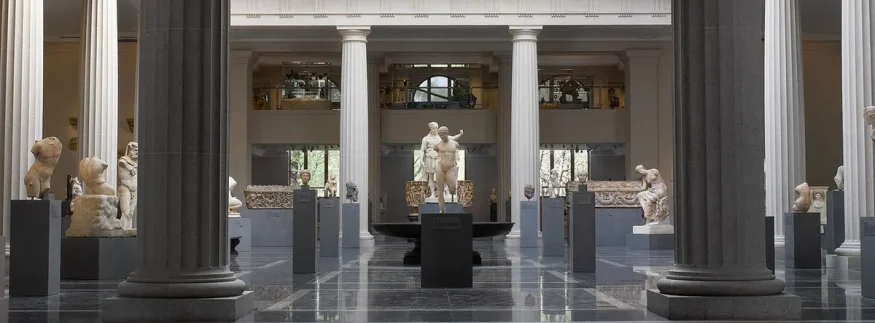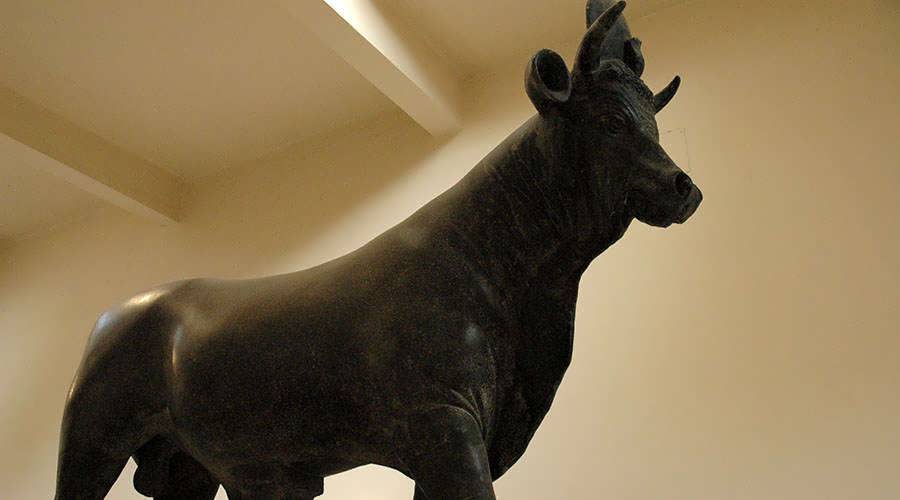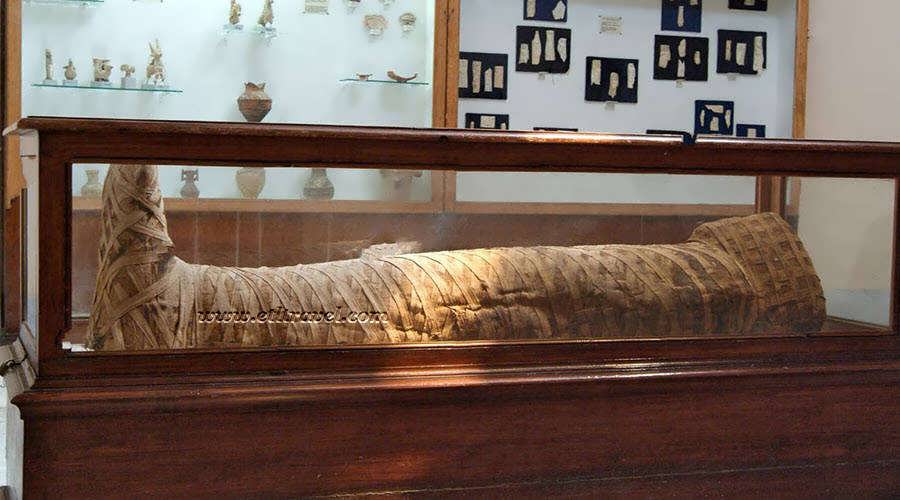Reopened After 18 Years, Discover the Treasures of Alexandria’s Greco-Roman Museum
Alexandria greco-roman museum Historical Sights museum Sightseeing
Farah Fahim
Image via bnn
The Greco-Roman Museum of Alexandria showcases the rich cultural heritage of the period in Egypt. It houses a vast collection of artefacts and artworks dating back to the Greek and Roman rule of Egypt, from the 3rd century BCE to the 3rd century CE. Located in Villa Ambron, the building is an architectural gem, combining elements of both Egyptian and Greek styles. The museum’s collection includes sculptures, mosaics, pottery, jewellery, and other artefacts that provide insight into the daily life, religious practices, and artistic achievements of the Greco-Roman period. After closing down from the public in 2005, the museum underwent an extensive and meticulous restoration process. To our luck, after nearly two decades, the museum finally opened its doors once more last month – so let us take a deep dive into the history and antiquities of this century-old wonder.
The museum offers visitors a fascinating glimpse into the history of ancient Egypt under the influence of Greek and Roman civilisations. It was founded in 1892 under the British protectorate to preserve and showcase the archaeological discoveries made around Alexandria, which was once a thriving centre of Greco-Roman civilisation. The building was designed by French architect Alexandre Marcel, who drew inspiration from both Egyptian and Greek architectural styles to create a structure that harmoniously blends the two historical periods.

Image via Alexandria Portal
Among the notable exhibits in the museum is the famous statue of Apis, the sacred bull in ancient Egyptian religion. The statue is a prime example of the fusion of Egyptian and Greco-Roman artistic styles. Furthermore, the Serapis Head, sculpted in fine white marble, can be found – it was discovered near Pompey’s Pillar and was one of the Ptolemies’ gods, a god that blends Osiris and Apis.

Image via Alexandria Portal
Other highlights include the stunning mosaics depicting scenes from mythology and daily life, some of which were the earliest mosaics ever made, as well as numerous statues and portraits of prominent historical figures. One of the rooms in the museum is dedicated to mummies and sarcophagi, and another to sculptures gathered from tombs and temples across Egypt from places including Fayoum and Benha. The latter houses limestone fragments from a temple at Athribis (Benha) along its north wall, where the god Tutu faces Horus and Athribis with a Greek inscription between them.

Image via Alexandria Portal
The most magnificent sarcophagi reside in the museum. A particularly significant one depicts Ariadne (a Cretan princess in Greek mythology) asleep on the island of Naxos, where Hypnos (the god of sleep) stands by her head with the boat that brought her from Crete behind him. Her husband, Dionysus, stands in front of her with his retinue – or group of advisers – and the rest of the façade depicts a drunken Hercules.
recommended
 Restaurants
Restaurants
Cairo's Ramen Revival: 5 Must-Try Bowls Around the City
Asian Food Asian Restaurants Cafés
Cafés



